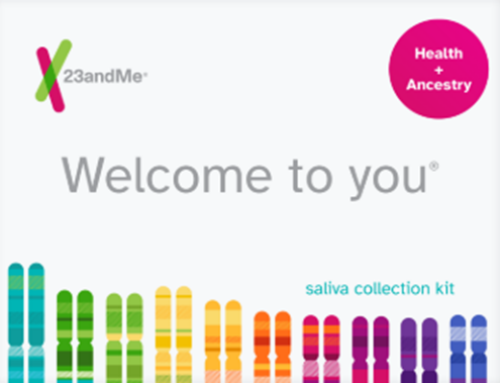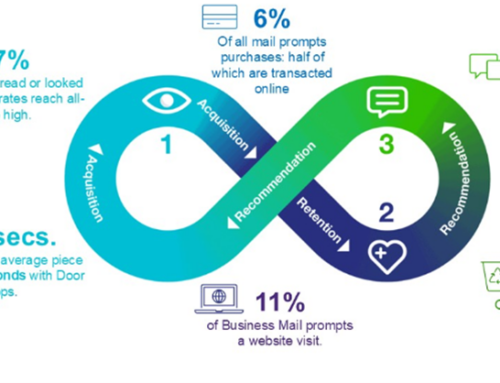According to the 2024 Direct Mail Benchmarking Report, effective audience targeting is now the top advantage of direct mail, a significant leap from its fourth-place ranking in 2023.
The study suggests that this change highlights the increasing reliance on direct mail by both B2B and B2C marketers for prospecting and reaching potential customers.
Direct mail’s ability to utilise offline data is proving invaluable in delivering high-potential audiences. By leveraging high-quality permission data sources, marketers can build predictive models that target prospects resembling their best customers. This precision allows for the creation of hyper-targeted campaigns that often yield higher returns on investment compared to many digital channels.
Moreover, direct mail’s audience reach isn’t confined to the physical world. By integrating offline data with digital environments, marketers can extend their campaign effectiveness, reaching the same audience across multiple platforms. This cross-channel approach not only enhances engagement but also ensures consistency in messaging, leading to better overall campaign performance.
The digital marketing world has long relied on third-party cookies to drive effective campaigns. Despite Google’s pledge to no longer sunset them savvy marketers are turning to alternative solutions regardless in a bid to make online privacy matter.
One such solution is the integration of offline data from direct mail with digital campaigns. By linking offline audiences to online identities through deterministic identity graphs, marketers can continue delivering relevant ads across digital platforms without relying on third-party cookies.
This approach addresses the challenges of identity resolution and conversion tracking in digital marketing, leading to more accurate targeting, lower customer acquisition costs, and ultimately, higher conversion rates.
The Importance of Data Hygiene
While the 2024 Direct Mail Benchmarking Report highlights the power of direct mail in audience targeting, it also underscores the importance of data hygiene. Accurate targeting is only possible with clean, up-to-date data. Poor data hygiene can lead to wasted resources, missed opportunities, and ultimately, underperforming campaigns.
Maintaining data hygiene involves regularly updating and cleaning your data sets to ensure they are accurate and relevant. This process includes removing duplicates, correcting inaccuracies, and ensuring that the data reflects current customer behaviours and preferences. By prioritising data hygiene, marketers can maximise the effectiveness of their direct mail campaigns and improve their overall marketing strategies.





